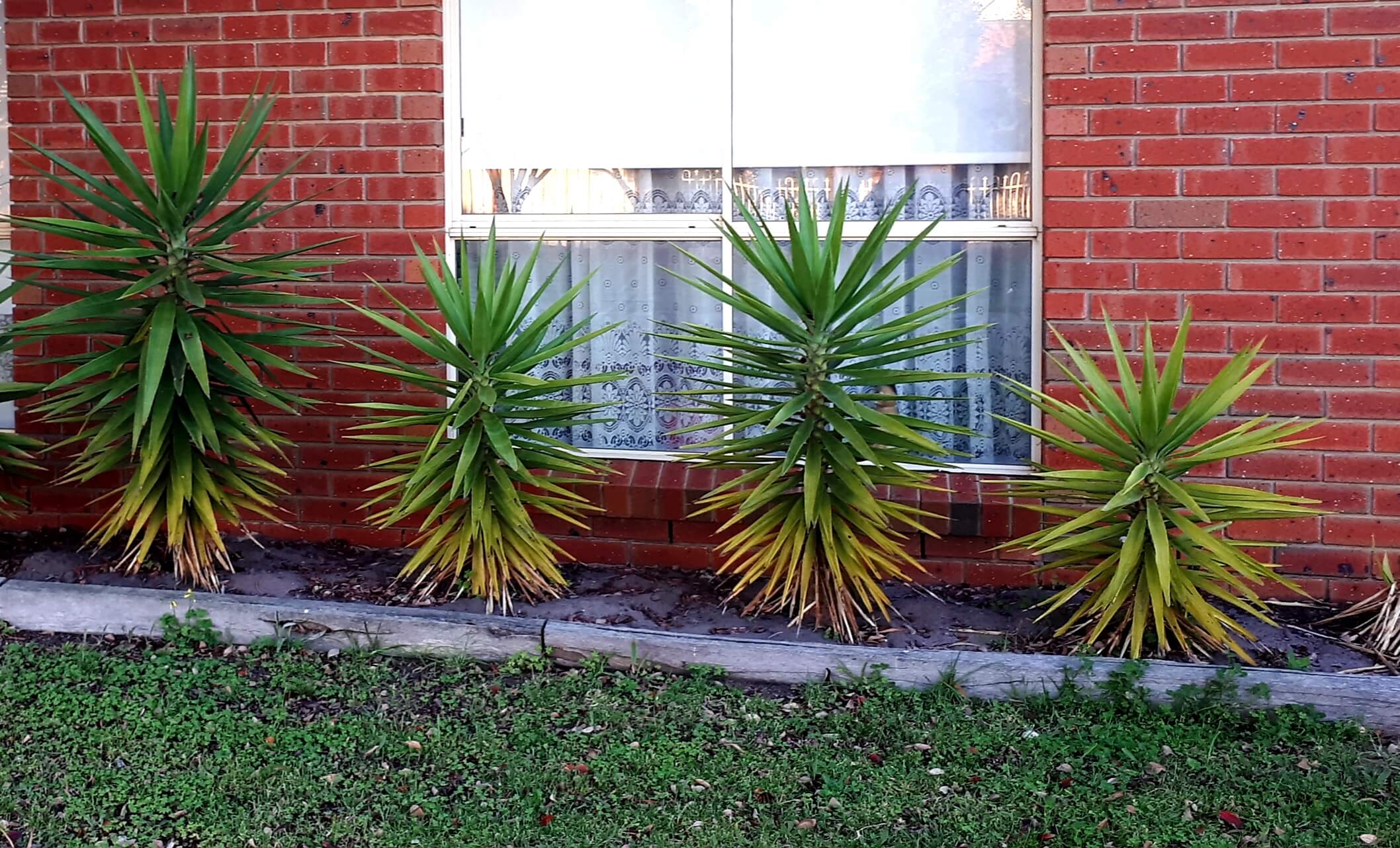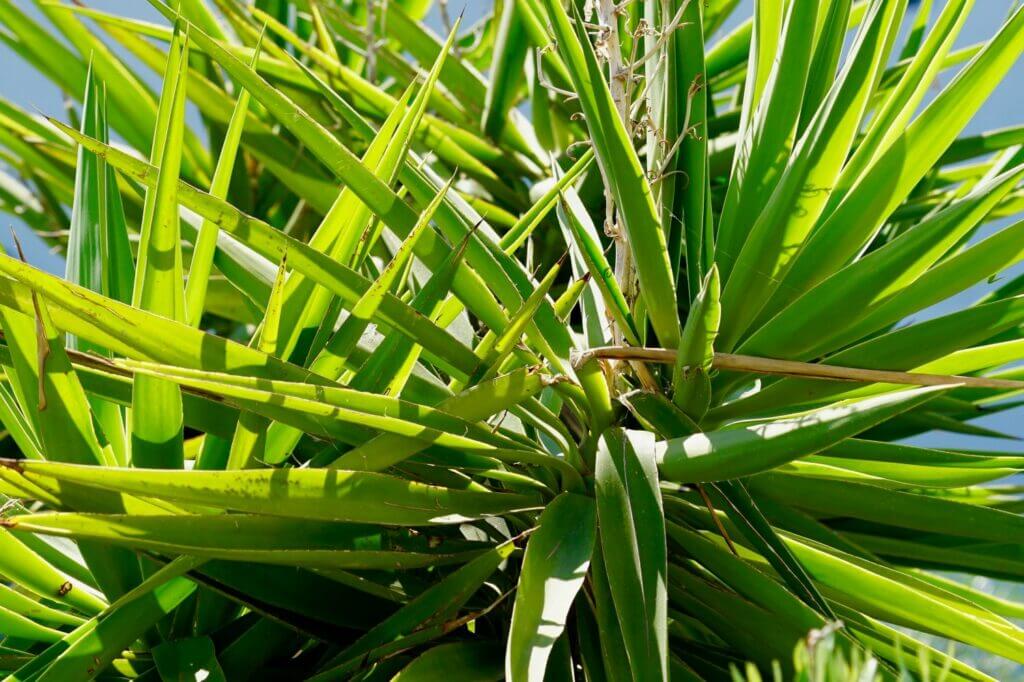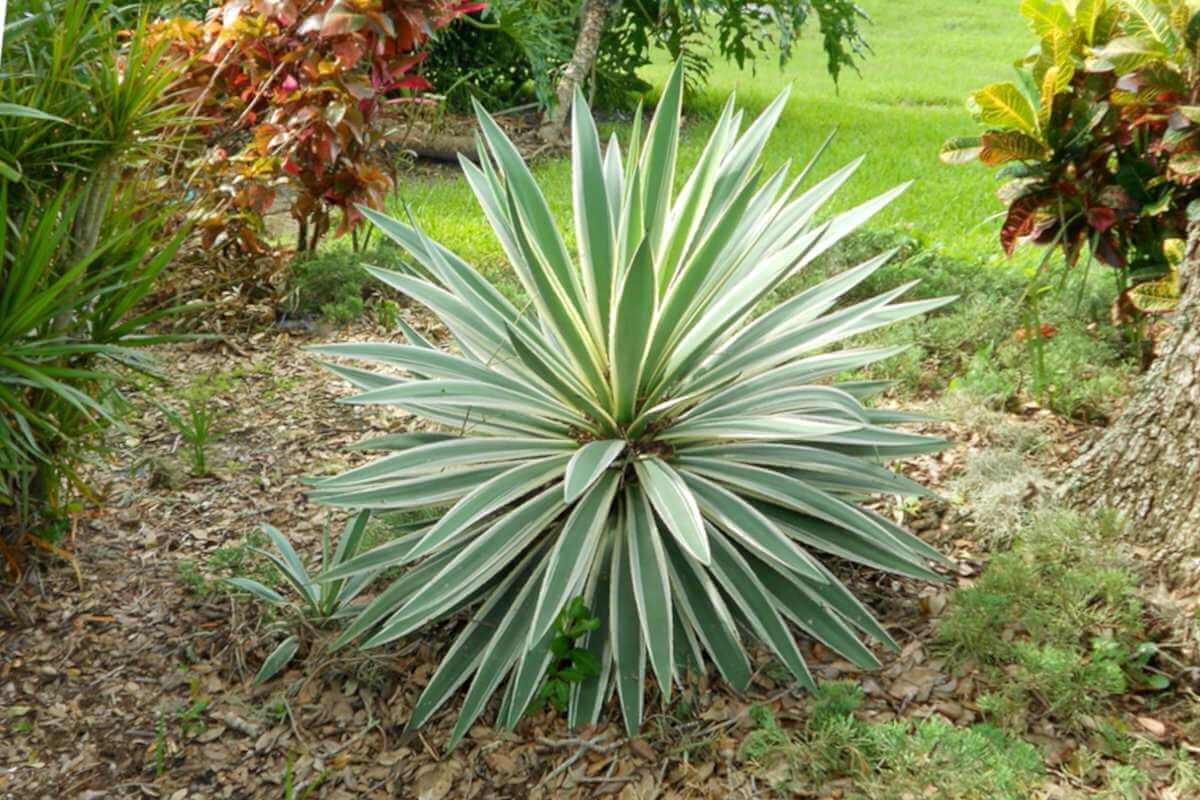If you are struggling with yucca plants taking over your garden and want to know how to get rid of them, we’ve some methods for you. Yucca plants, with their sharp, spiky leaves and stubborn root systems, can be quite a challenge to remove.
Yucca plants may look pretty, but their relentless growth and sharp leaves can be a real headache. These types of yucca plants are tough, desert-native plants that can quickly take over if left unchecked.
Suppose you’re dealing with a single yucca or a whole group of them. Removing them can be broken down into easy steps. We’ll show you some basics of eliminating yucca plants without too much trouble.
We’ll find various methods that best fit your preferences and resources. Let’s start recovering your outdoor space from these yucca plants.
What is the Yucca Plant?

A Yucca plant, scientifically called Yucca spp. It is a unique ornamental plant from the Asparagaceae family. These tough plants naturally grow in hot and dry parts of North and Central America. They’ve become quite popular in gardens and indoor spaces worldwide because they’re easy to take care of and look really cool. What makes Yucca plants special are their long, slender leaves that look like swords. These leaves often have sharp points at the ends.
Depending on the type of Yucca, the leaves can be deep green or bluish-green. Yucca plants are also famous for their tall, upright flower spikes with clusters of white, cream, or greenish flowers. This gives them a dramatic appearance.
How Do I Get Rid of Yucca Plants?

Removing Yucca plants can be tough because they’re tough and strong. But don’t worry; there are good ways to get them out of your garden or yard.
Let’s learn how to do it and get your space back:
Method 1: Digging Yucca Plants Out

Digging out Yucca plants is one of the easiest methods for removal, but it requires patience and effort. Here’s a step-by-step guide.
1. Gather your tools: You’ll need a strong shovel or spade, a pair of gloves, and protective eyewear to get started.
2. Choose the right time: The best time to remove Yucca plants is during their active growing season in spring or early summer when the soil is slightly moist.
3. Cut back the foliage: Use pruning shears or a sharp knife to trim the Yucca’s leaves as close to the base as possible. This will make digging easier and reduce the risk of injury.
4. Dig around the plant: Start by digging a trench around the Yucca plant, staying at least 12 inches away from the base to avoid damaging the roots.
5. Loosen the soil: Carefully dig deeper, loosening the soil around the root ball. Be prepared for a tough, fibrous root system extending quite deep into the ground.
6. Leverage the plant: After carefully digging around and underneath the Yucca plant, use the shovel to help you lift it out of the ground. Be ready for some heavy lifting because mature Yucca plants can be quite weighty.
7. Dispose of the plant: To stop the Yucca plant from growing again, put it in a trash bag or container and follow your local rules for disposal. Don’t put it in a compost pile because Yucca can sometimes start growing again from the cuttings you throw away.
8. Fill the hole: Fill the hole left by the Yucca plant with soil and pack it down to level the area. Ensure thorough watering to help in compacting the soil.
9. Monitor for regrowth: Keep checking the area for any Yucca shoots that may come out from remaining root fragments. Promptly remove these shoots to prevent new growth.
Method 2: Applying Herbicide

Using herbicides is another effective method to kill Yucca plants, especially when dealing with larger or stubborn specimens. Here’s a step-by-step guide on how to use herbicides.
- Safety first: Wear protective clothing, including gloves and eyewear, to prevent contact with the herbicide.
- Choose the right herbicide: Select a herbicide specifically designed for woody plants or brush control.
- Timing is crucial: Apply the herbicide during the active growing season in spring or early summer when the Yucca absorbs nutrients. Avoid using herbicides during windy or rainy weather to prevent drift and runoff.
- Prepare the herbicide: Mix the herbicide according to the manufacturer’s instructions. Ensure you’re using the appropriate concentration for Yucca plants.
- Cut the Yucca back: Similar to the digging approach, cut the Yucca plant’s leaves as close to the bottom as you can. This helps the weed killer work better.
- Apply the herbicide: Use a paintbrush or a sprayer to apply the herbicide directly to the cut surfaces of the Yucca stump. Ensure complete coverage, and avoid getting the herbicide on desirable plants.
- Wait for results: It may take several weeks for the Yucca to show signs of decline. As the herbicide works its way through the plant, you’ll notice wilting, yellowing, and, eventually, the death of the plant.
- 8. Dispose of the plant: Once the Yucca plant is completely dead, remove it from your garden and dispose of it properly.
Conclusion
Removing yucca plants can be a bit challenging, but it’s manageable when done right. Yuccas are resilient, so you need to be patient. Begin by cutting the plant as close to the ground as possible to make the task easier.
Dig carefully around the yucca’s base to see its roots without harming other plants or structures. Use a shovel or ax once the roots are visible. Start pulling them out, which might require some effort if yucca keeps returning. Consider using herbicides, following instructions carefully, and using them responsibly.
Removing yucca plants will demand time and effort, but by following these steps, you can get your garden from these tough desert invaders.
Be sure to check out these other posts for more fascinating insights

